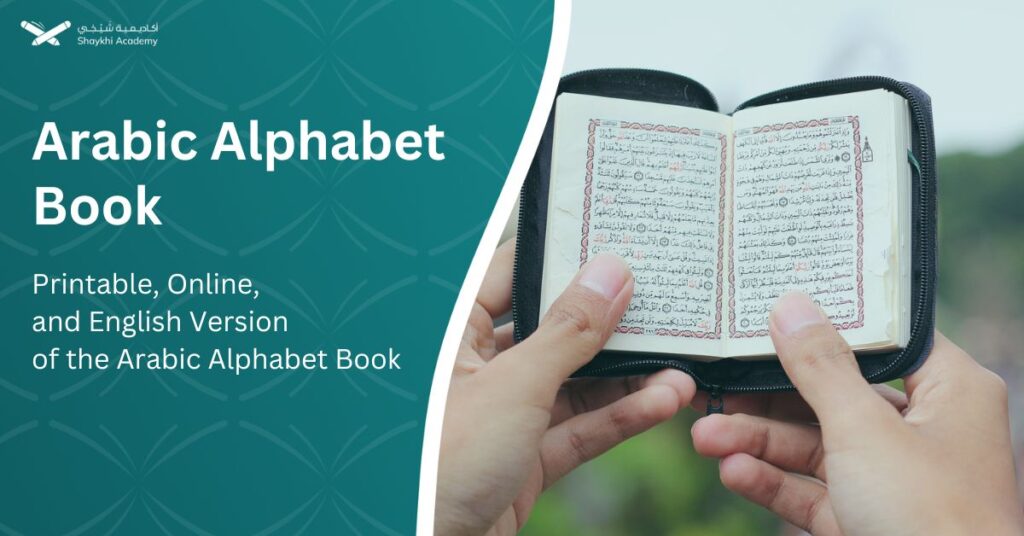Ramadan Rules for Unmarried Couples, Girlfriends, Boyfriends, and Interactions with the Opposite Gender
Ramadan Rules for Unmarried Couples, Girlfriends, Boyfriends, and Interactions with the Opposite Gender: Navigating relationships can sometimes present challenges during the holy month of Ramadan. This article explores some frequently asked questions regarding relationships and Ramadan, providing guidance based on Islamic teachings. We’ll cover topics like getting married during Ramadan, interacting with a girlfriend or […]








